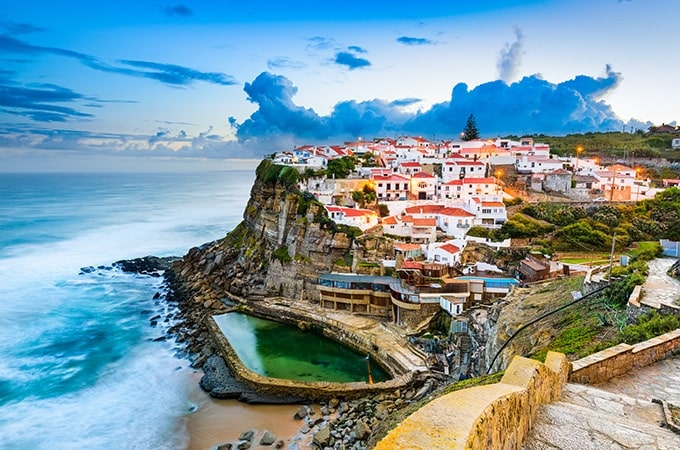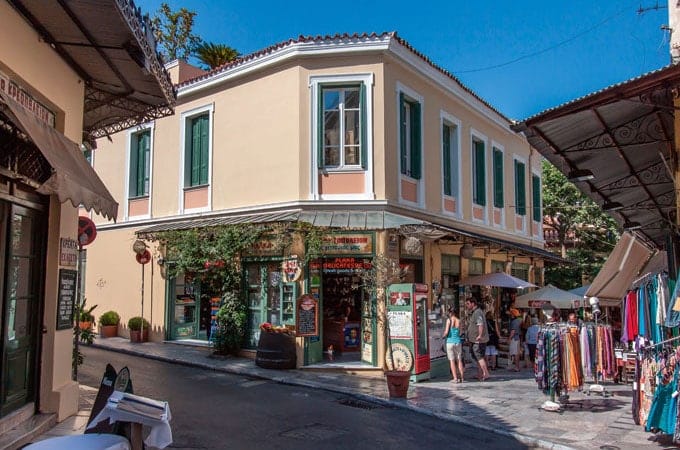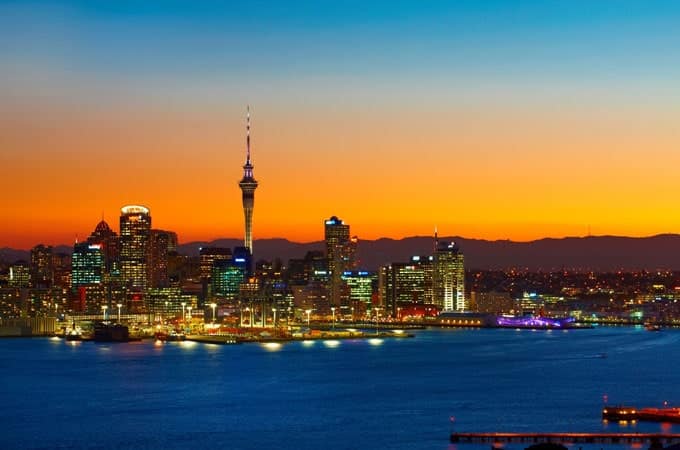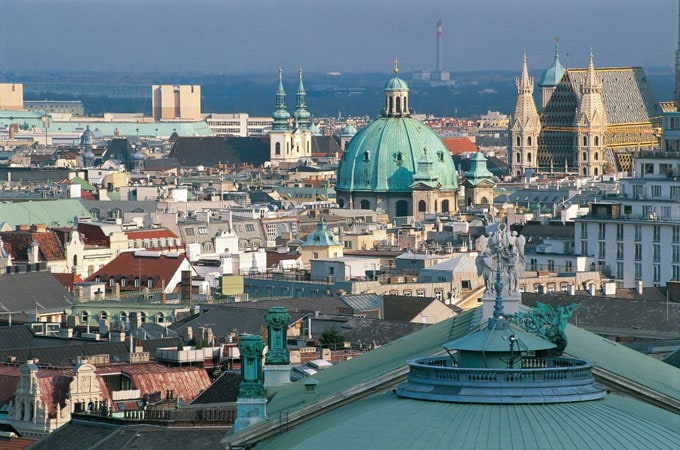The food is exceptional, the wine is divine, the people friendly, the scenery breathtaking – and it’s cheaper than France, Spain or Italy. Welcome to Portugal, once considered the poor cousin of western Europe but has now well and truly emerged from the global recession to make its mark and take its place in the world.
Exploring Lisbon
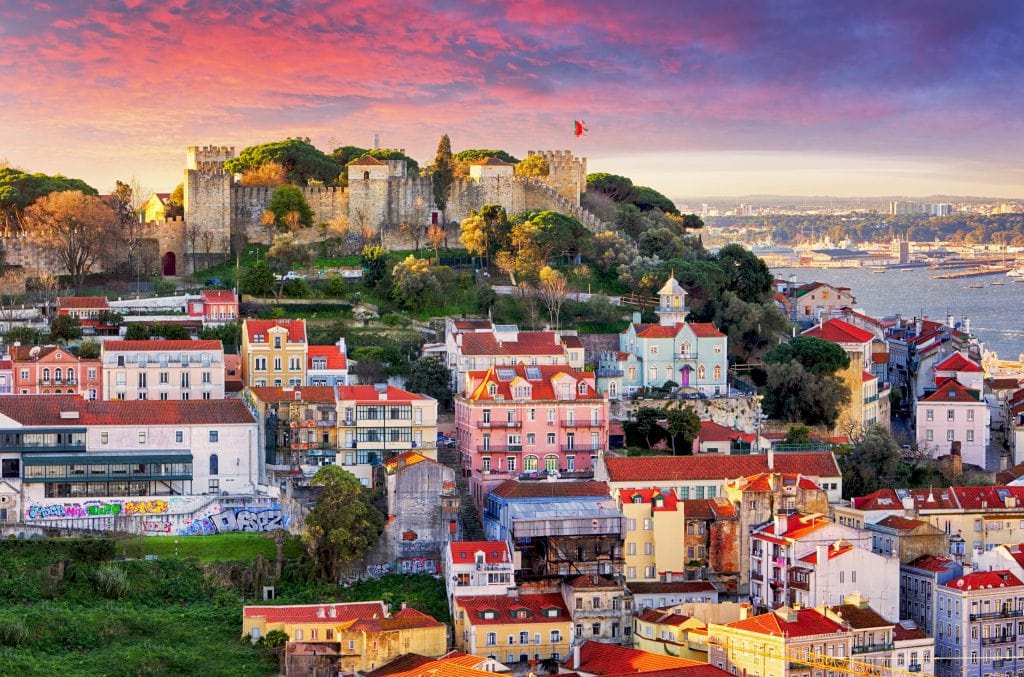
We arrive in Lisbon on a Sunday afternoon and our pre-booked minivan takes us to the Castelo San Jorge, an 11th-century Moorish fortress built high on one of the hills that dominate the city. Our hotel adjoins the fortress walls, and the cobblestoned streets leading up to it are too narrow for the van. So we haul our suitcases up the steep laneways and finally arrive in a lather of red-faced perspiration.
Lesson one: Lisbon is built on seven hills and if you wish to truly explore it, be prepared to do some serious walking. Europe’s westernmost capital, it’s the only one on the entire Atlantic coast, a proximity to the sea which is evident in the seafood – the hallmark of its cuisine.
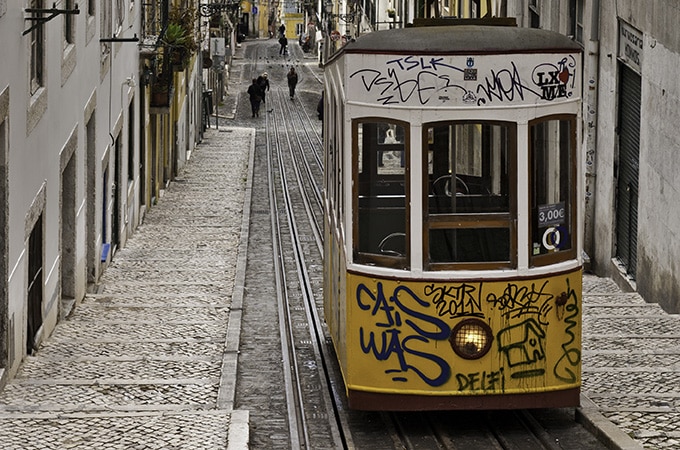
San Francisco has its iconic cable cars and Lisbon has its trams, the brightly coloured remodelados dating from the 1930s, which rattle through the city to the “Clang! Clang!” accompaniment of the driver’s warning bell. We take Tram 28, which runs through some of the most scenic districts, climbing the hills and screeching around tight curves to deliver a 40-minute, self-guided tour with great views of Lisbon’s city and the River Tagus (Rio Tejo).
Lisbon was all but destroyed by a shattering earthquake in 1755, and a visit to the Convento do Carmo provides a stark example of its sheer destructive force. Built as a Carmelite convent in 1389, its nave collapsed when the earthquake struck, crushing the hundreds of worshippers who had gathered there to celebrate All Saint’s Day. It was never rebuilt and its remains are now an archeological museum you can enter.
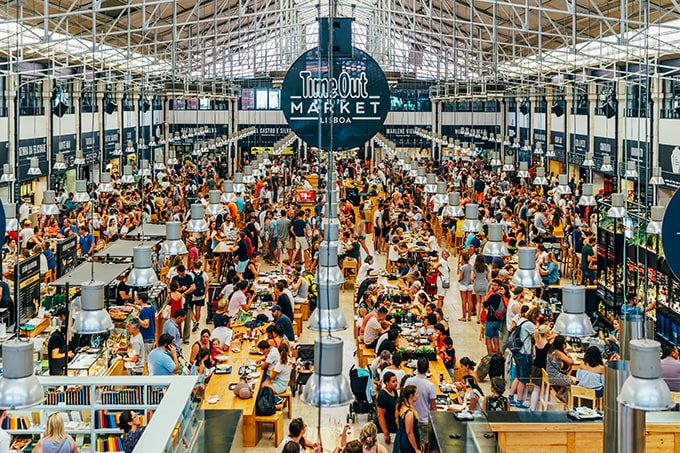
The city is divided into districts, including Baixa, Rossio, Bairro Alto and Alfama, boasting plazas, cathedrals and narrow streets lined with shops, bars, boutiques and restaurants. Eventually you will find your way to the Time Out Market, a food hall located in the Mercado da Ribeira at Cais do Sodre. Opened in 2014 on the site of an old food market, it is home to 24 excellent restaurants and dozens of vendors offering a wide range of Portuguese fare from three-course meals to snacks. It is here I have my first taste of bacalhau a bras, a dish of salt cod, garlic, onion, potatoes and eggs, and I am instantly addicted. Cod is a staple of Portuguese cuisine and I get to have it cooked half a dozen different ways during our stay in Portgual.
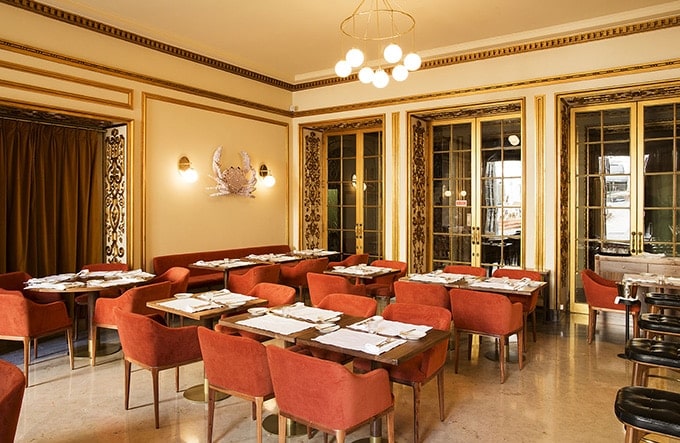
One of the city’s favourite sons is José Avillez, a Michelin-starred celebrity chef who operates a number of restaurants here in Lisbon. We visit two of them, the Cantinho do Avillez and Café Lisboa. I can still taste the scallops in lime and avocado, and the pork neck with black beans. The local wines, many from the majestic Douro Valley, are excellent and very affordable.
While I’m on the subject of affordability, you can dine in an upmarket restaurant in Portugal and expect to pay a mere half of what you would be charged back home in Australia. Bargain.
Visiting Sintra
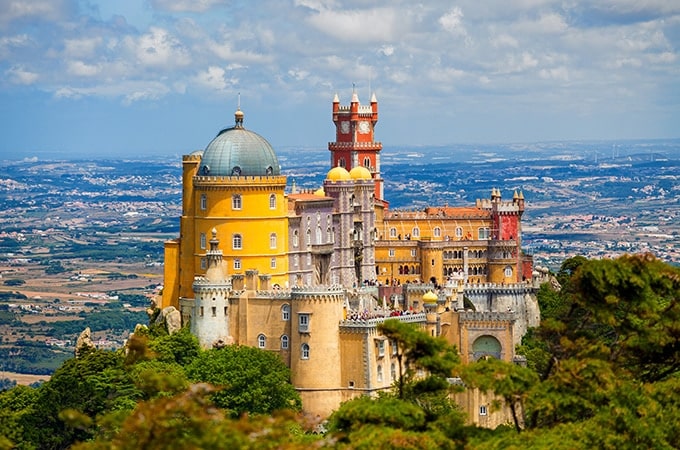
We take a day trip by train to Sintra, which is a UNESCO World Heritage-listed hilltop town once favoured by the Portuguese royalty. Its palaces and gardens, overseen by a 10th-century Moorish castle wreathed in mist on the day we visit, are simply spectacular. Unfortunately, its proximity to Lisbon puts it on the to-do list of literally everyone who visits the capital and the crowds can be quite overwhelming.
The Algarve Coast
From Lisbon, we catch the train south to the Algarve coast where we spend a few days in a beachfront hotel at Albufeira to get a taste of the Portuguese Riviera – a famed luxury destination amongst the wealthy and famous.
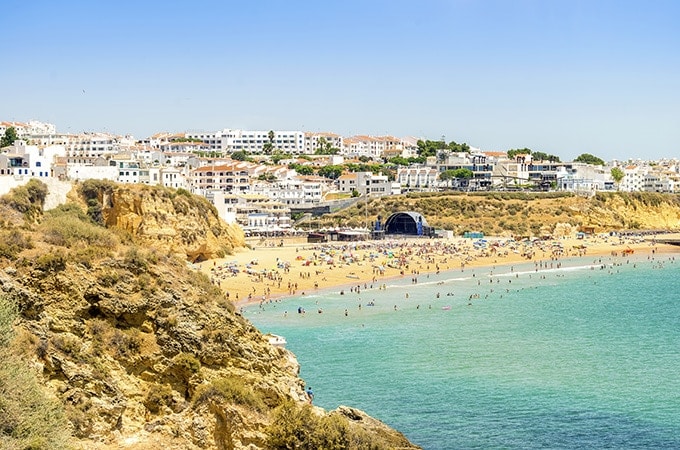
Albufeira turns out, however, to be Little Britain by the Sea, crammed with sunburnt British tourists who appear to spend all their days sitting in streetside bars drinking beer and watching English football on television. The restaurants are tourist traps and unremarkable. If you find yourself there, take a 20-minute cab ride out of town to Restaurante O Marinheiro at Praia da Coelha where we dined wonderfully on marinated mackerel and baked cod on pureed chickpeas with wilted spinach. Delicious.
We spend a few days taking in the glorious sun, watching the passing parade and enjoy a late afternoon cruise along the coast. The cliffs glow orange and pale yellow in the setting sun, towering over the small bays and beaches scattered along the Algarve. Abandoning Albufeira, we head north, flying from Faro to Porto, which is 300 kilometres north of Lisbon.
Porto
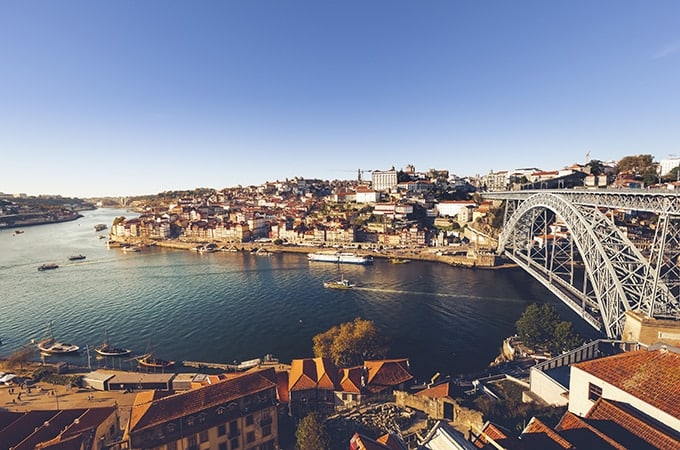
Porto is on the Douro River and projects a romantic charm. Portugal’s second largest city, it’s defined by its waterfront bars, restaurants and wine shops offering port tastings, with the waterfront commanded by the Ponte de Dom Luis I bridge spanning the river. Completed in 1886, the twin-level bridge was designed by a student of Gustave Eiffel and provides pretty stunning views of the river and the city.
Porto’s pastel-coloured medieval houses cling to the steep hills while its main retail district, Santa Catarina, is the busiest pedestrian mall in the country. In a restaurant just near the river, we sample our first francesinha, a Portuguese sandwich which originated in Porto. It is made with bread, wet-cured ham, smoke-cured pork sausage, chipolata and roast meat, all covered with melted cheese and a thick tomato and beer sauce. It oozes calories, takes at least half an hour to consume, tastes wonderful and is best accompanied by a bottle of vinho verde.
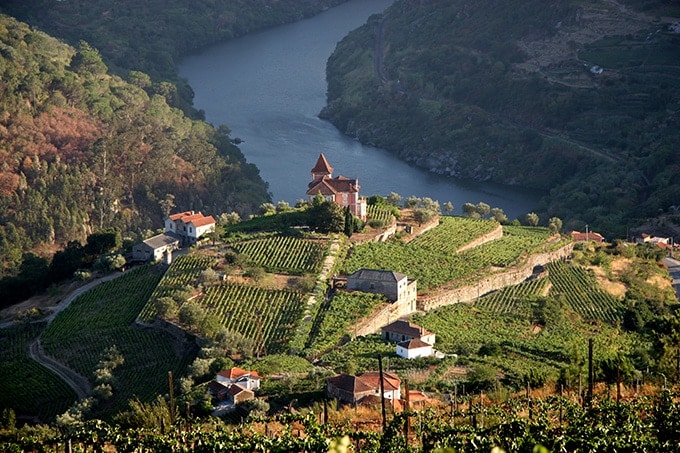
A river cruise is all but mandatory, so we take a day trip up the Douro Valley, past its terraced vineyards and white-washed quintas as far as Pinhao. From there, we take the train back to Porto, the line hugging the riverbank and providing a scenic trip back to the city.
Word of Portugal’s charms is spreading fast. European cruise ships are now featuring Porto and Lisbon on their itineraries and the hordes of global travellers are growing. See it before it becomes engulfed by mass tourism.
Need to Know – Portugal
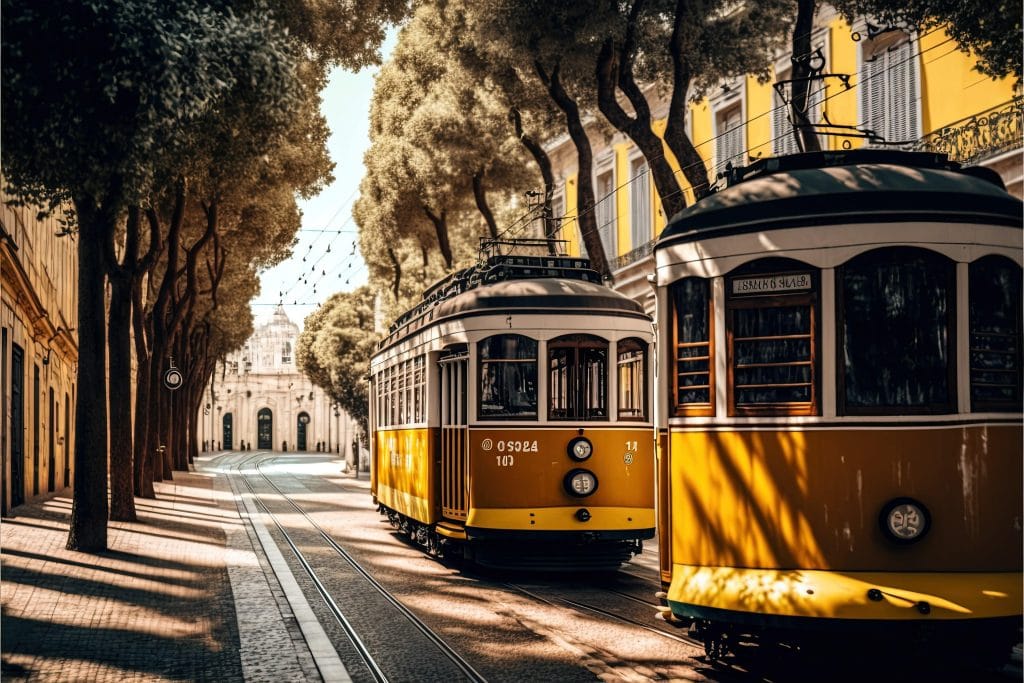
Best time to travel: The best time to travel to Portugal depends on your preferred destination and activities. If you enjoy warm coastal weather, mid-summer is ideal as the beaches are sunny. However, if you prefer cooler temperatures and outdoor activities, autumn and winter are perfect for exploring the Serra da Estrela mountains or enjoying skiing. Madeira offers warm and sunny mid-winters, making it a great destination during that time. Spring is beautiful throughout the country, with the Alentejo and Centro regions blooming with wildflowers. Additionally, if you’re interested in whale watching, April and May are the best months to spot Blue Whales in the Azores.
What to pack: When visiting cities with hilly terrain like Lisbon, it is important to wear comfortable footwear. The cobblestone streets can be uneven and slippery, making it necessary to have stable footing. Layers are always a good option when it comes to travel and Portugal is no exception, allowing you to take pieces on and off as the weather switches.
How to get around: Getting around Portugal is relatively easy due to its small size. While there is a reliable train service that connects the coastal cities, reaching inland areas can be more challenging as there are limited rail connections and infrequent buses. Therefore, the most convenient way to travel around Portugal is by renting a car. This allows you the flexibility to explore both the coastal regions and the more remote inland areas at your own pace.
Thinking of getting away to Europe? Why not get off the beaten path and discover some of Europe’s Hidden Gems? We’ve found ten under-the-radar destinations you’ll love – get there before mass tourism finds them!
